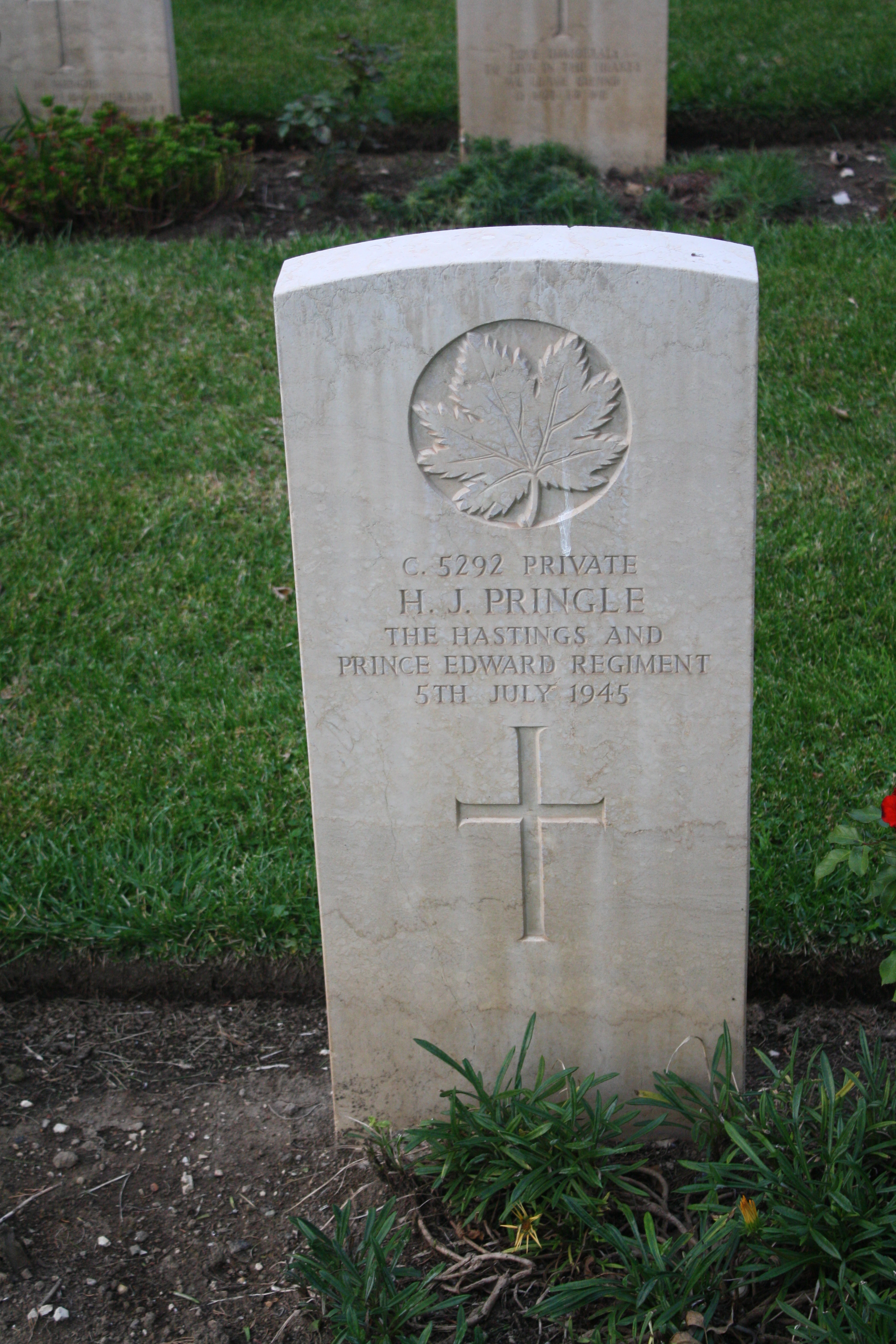A Freudian analysis typifies much of the work, which at points emphasizes the anxieties surrounding sex, elimination, eating, and death. Perhaps his most quotable passage, comes in analysis of the soldierly profession as a "instinctive" one.
Broadly speaking, human activities may be regarded as falling into one of the other of two main groups: those which are directly instinctual and those which are not. Into the first, which involves what have been succinctly described as the 'three Fs' - feeding, fighting, and 'reproduction' - fall such robust pastimes as pugilism, professional pie-eating, prostitution, and soldiering. Into the second group fall all those other vocations which, though sometimes subserving the basic drives, do not have as their end-product the original consummatory response. (Dixon, p.169-170)




